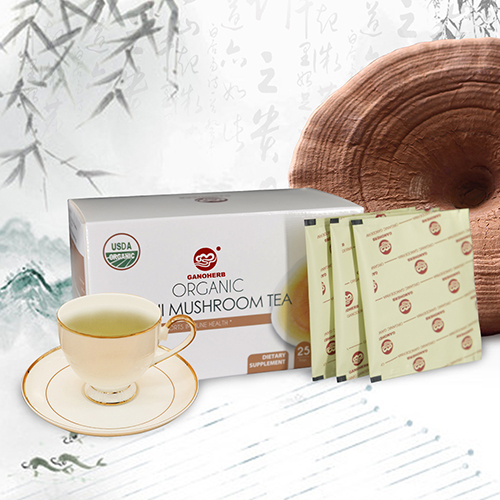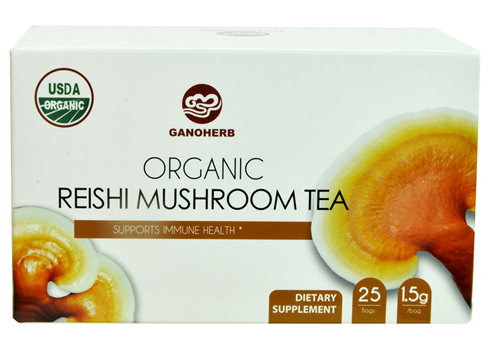Apple Tumor
Apple tumor, also known as apple leafhopper, commonly known as tired insects, oil sweat, is a Homoptera, Amaranthidae. Most parts of China, Japan, and North Korea have distributions. The host plants mainly include apple, sand fruit, jellyfish, and mountain vine. Injury: When the stalks are clustered and the buds suck sap, the edge of the victim leaves is rolled up into a canal. Normally it only harms the local shoots. The damaged leaves are wound longitudinally from both sides to the back. Sometimes they are rolled into ropes. The leaves are shriveled. The tumors are harmed inside the leaves. The leaves are not visible on the outside and the damaged leaves gradually dry up. Morphological characteristics: Wingless female embryo: body length 1.4-1.6 mm, nearly spindle-shaped, dark green or brown body, black head paint, dark red compound eye, with a significant amount of frontal tumor. ?Winged female embryo: body length of about 1.5 mm, oval. The head and chest are dark brown with obvious frontal tumors and 2-3 black hairs. ?? Nymphs: small body like no wings, light green body. Some of these individuals have a pair of dark wing buds on the thoracodorsal back. This type is called a fin base and later develops into a winged pupa. Eggs: long oval, dark green and shiny, long diameter of about 0.5 mm. Occurrence characteristics? Occurred more than 10 generations a year, with eggs in the annual shoot buds, saw cut mouth, etc. overwintering. In early April of the following year, overwintering eggs hatch, parthenogenetic reproduction occurs from spring to autumn, and the occurrence of the damage period is in mid- and late June. From October to November, there was sexual embarrassment, spawning after mating, and wintering in the ovary. Prevention and control methods? The key to preventing and treating apple tumor nevus is spraying carefully during the overwintering period. ??1. The hatching period of apple eggs in the western part of Henan Province starts at the beginning of April. In mid-April, it is the hatching period. In late April, the hatching ends. ?? 2, application types and methods: reference thread embroidered Jerusalem artichoke. Request spray-type spray cloth, so that branches, leaves and buds full of medicine, and strive to be full.
Ganoderma tea (Reishi Mushroom Tea/ Lingzhi Tea) is made of 100% USDA certified organic Ganoderma Lucidum. The Ganoderma Lucidum ingredient used for this product comes from our self-built organic Ganoderma farm located in Mt. Wuyi, Fujian, one of the largest Ganoderma origins in China. The whole cultivation process strictly follows the organic standards without any use of pesticide, herbicide, and chemical fertilizer to ensure its highest quality and efficacy.

This organic Ganoderma Tea is very convenient to carry and make. Each box has 25 individually packaged tea bags. Just open the sachet, put the tea bag in a cup and add hot water, a cup of warm and delicious Ganoderma tea will be ready for you in just 1-2 minutes.

This product has a unique mushroom flavor and a mellow sweet aftertaste. Different from other Herbal Tea on the market, Ganoderma tea has many health benefits, such as enhancing overall immunity, relieving stress, improving sleep quality and reducing allergy. It is gluten free, lactose free, and no additives or preservatives whatsoever, therefore it Is suitable for all people especially for people with low immunity or high stress.
Ganoderma Tea
Ganoderma Tea,Reishi Tea,Reishi Mushroom Tea,Herbal Tea,Ganoderma Lucidum Tea,Lingzhi Tea
Ganoherb International Inc. , http://www.ganoherb.us
